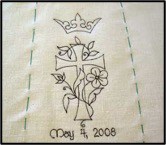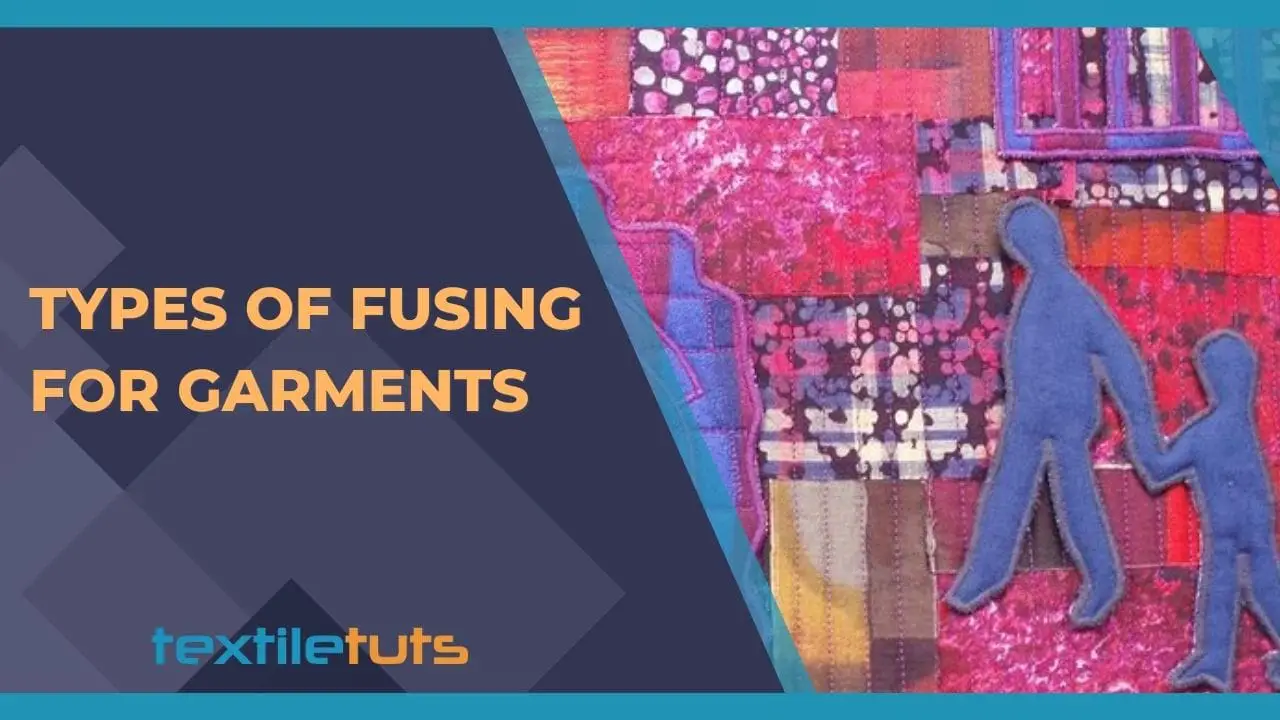Types of Fusing for Garments
Commonly fabric of the garments is spread first, and then one layer of interlining is placed, keeping the resin side of the interlining on the fabric of the garments. This is called a single fusing. This type of interlining is comparatively easier. For making various types of garments except for the single fusing, other types of fusing are done. Those will be discussed in this article.
Types of Fusing
Among the many types of fusing techniques that are used to apply the best tape to use on fabric, these are the most popular ones –
Reverse Fusing

- The fabric of the interlining Is spread on the fusing bed.
- The part consists of resin is directly upward
- Then the fabric of garments is spread on the resonated part of fabric & fusing is done
- This is called reverse fusing
- The volume of the interlining is shorter than the volume of the fabric of the garments because it is complicated to place the two components properly.
- Proper spreading is difficult in this fusing
- The machine in which heat is applied by the head is useful for reverse fusing
- Temperature is to be controlled with care
- Reverse fusing is used for applying the best fusible web for applique materials.
Sandwich Fusing
- In continuous fusing machines, the heat is applied from both sides of the fabric; this means from top to bottom.
- In this process, two interlining are placed between two fabric of garments
- Production can be increased but needs more time
- If the heat and pressure are not well controlled, then strike back may occur.
- Fusing may not be as expected
Double Fusing
- Two types of interlining are joined with the garment’s fabric in a step during fusing.
- This type of interlining generally joined at the collar of the shirt &at the front part of the coat.
- Maintaining temperature, accurately cutting the fabric with any fabric cutting system, and setting of the part of the garments are very much essential
What Are the Defects of Fusing?
- Striking Back
When resin of interlining is passed through the lower part of interlining during fusing due to uncontrolled heat & pressure is called striking back.
- Striking through
When resin of interlining is passed through the upper part of interlining due to uncontrolled heat & pressure, then the defect is called striking through.
Does Fusing Stiffen the Garment?
Yes, to some degree. But the hardening depends on the types of fusible interfacing mostly. It’s desirable in some cases where dimensional stability is required, i.e., collar, cuff, etc. Judging by the mentioned applications, you won’t be wrong calling them permanent fabric stiffener material, for sure.
REFERENCES

